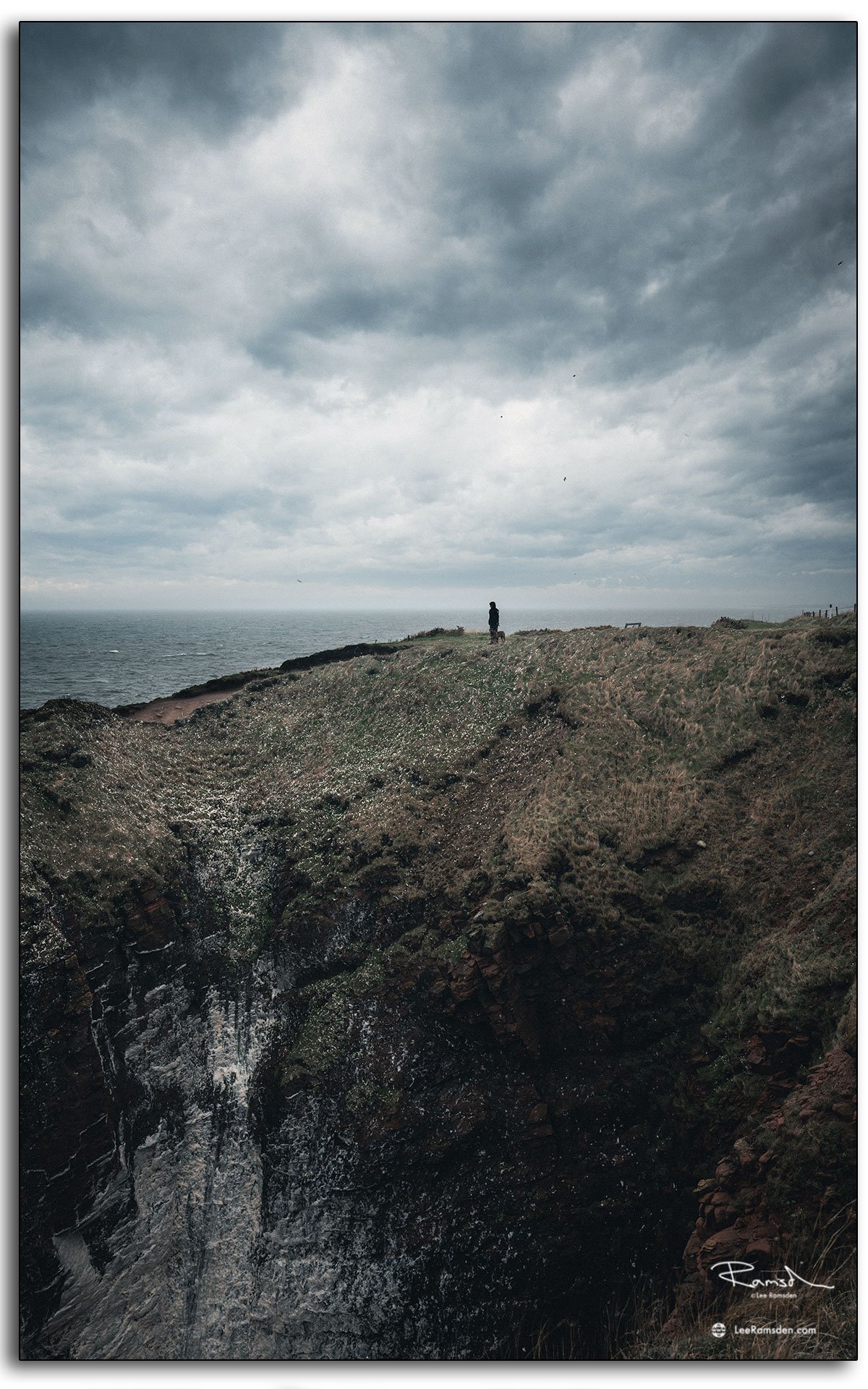Walks out to coastal arches like Elephant Rock are reminders that nature’s shapes matter — rock, sea, sky combining into unexpected forms. A recent visit to Lunan Bay brought just that: the arch of Elephant Rock with cliffs and the chapel above, tides low, skies open.
Chapel of St Skae burial ground.
Elephant Rock (also called the Rock of St Skae) is a volcanic coastal arch, shaped over time by wind and wave. These photos capture its elephant-like silhouette — trunk and head — framed against cliffs, water, and sky. Nearby is the 12th-century Chapel of St Skae, perched above the cliffs; I included shots that show its position in the landscape and even the odd gravestone (like George James Ramsay’s) that gives the place character. Walking back via Lunan Bay, you get wide views: dunes, receding tide, sand ripples, the light changing across beach and cliff.
Upon leaving Elephant rock, we called into Lunan Bay.
Information if you are visiting.
Lunan Bay has attracted many visitors throughout the ages, from Viking armies in the 10th century to generations of holidaymakers. Today it offers a secluded haven on the dramatic Angus coastline.
Sites like this remind me why landscape travel photography is about more than the view — it’s about place, memory, and context. For more work in coastal landscapes and travel-informed photography, see my Places and Travel galleries.































